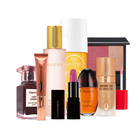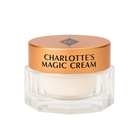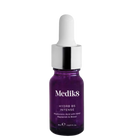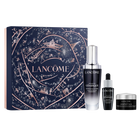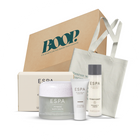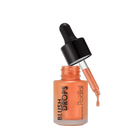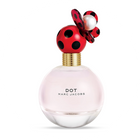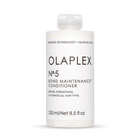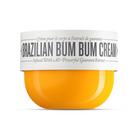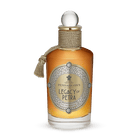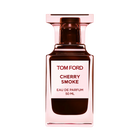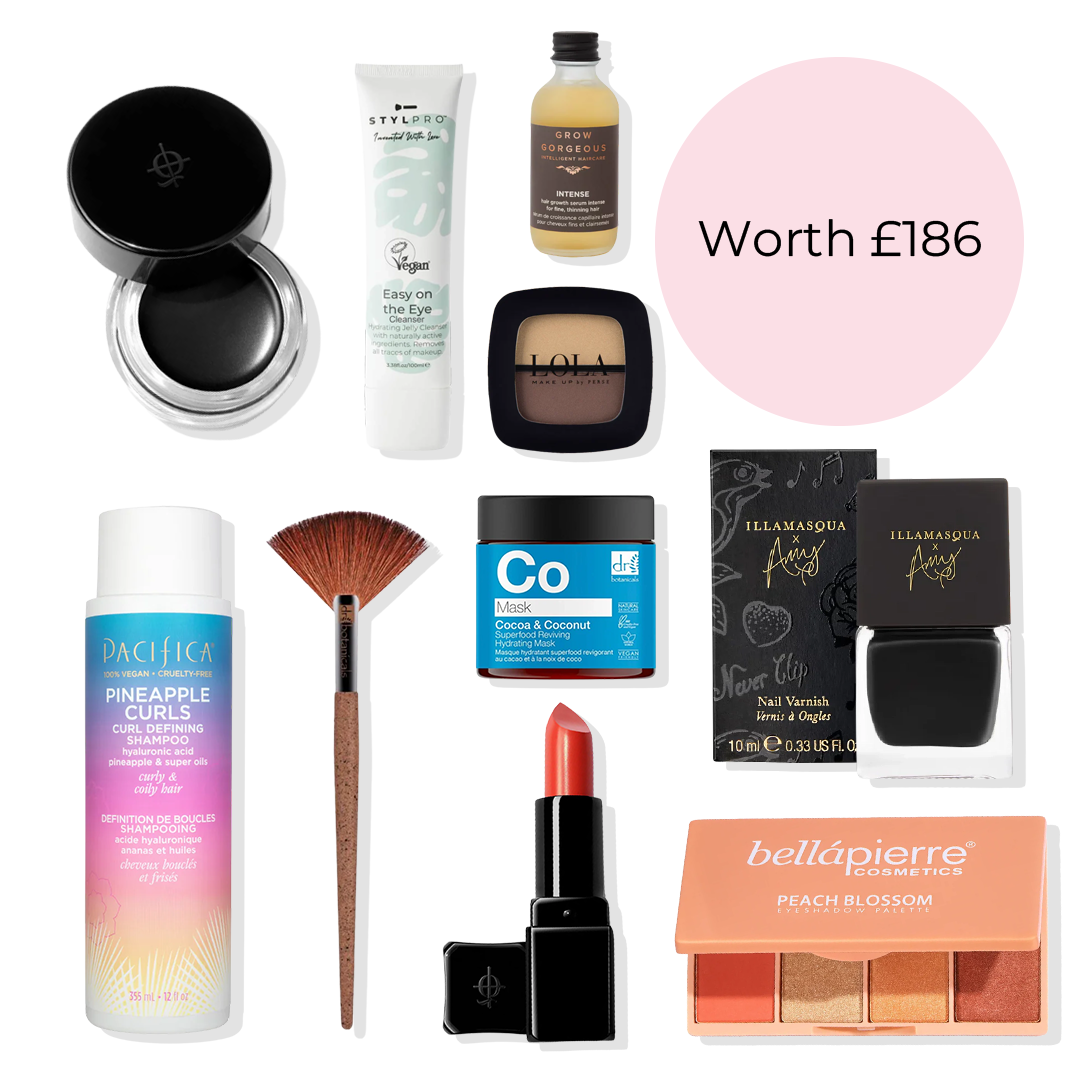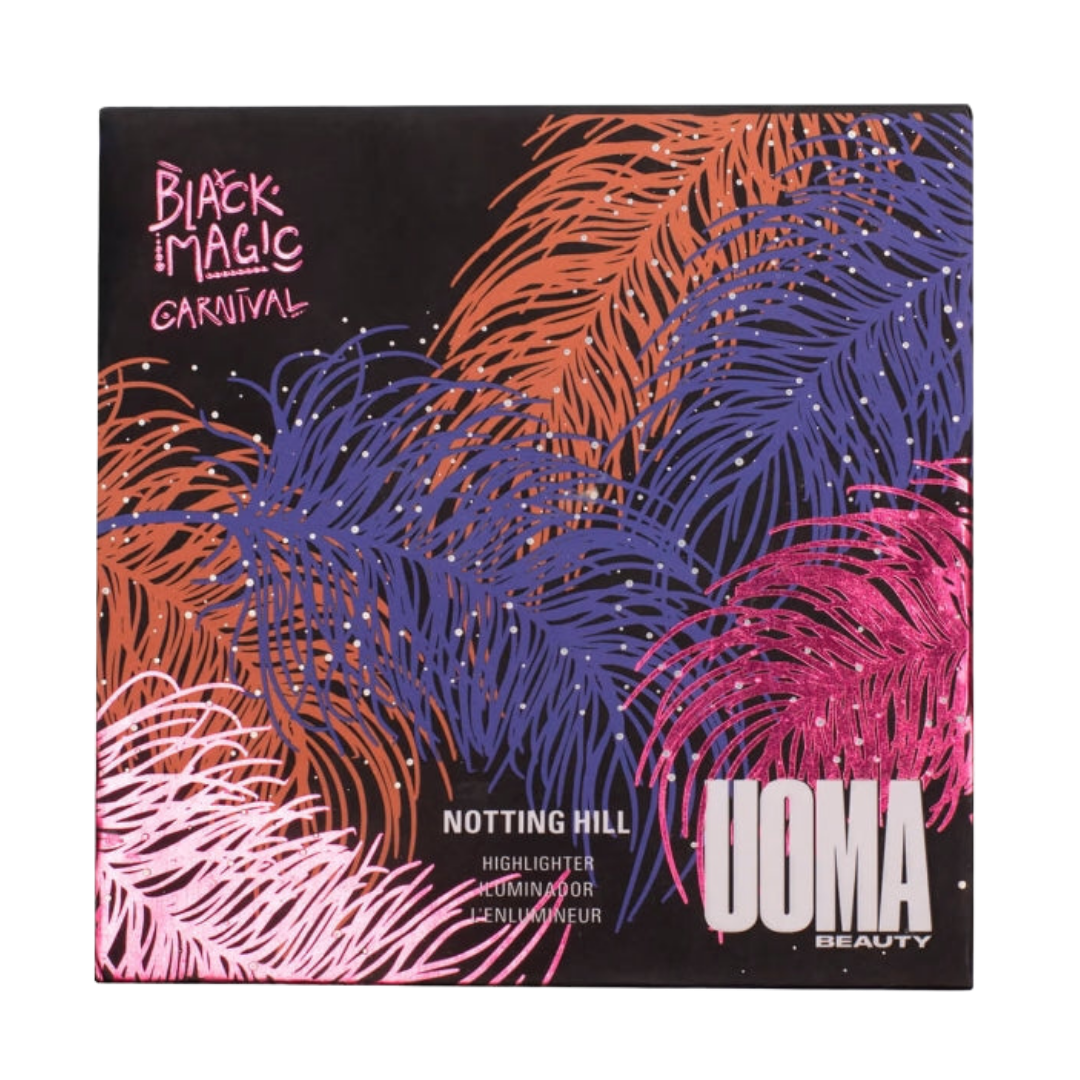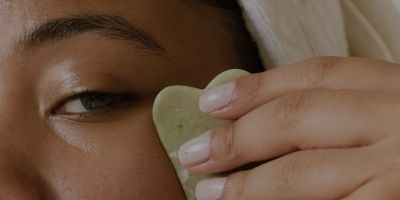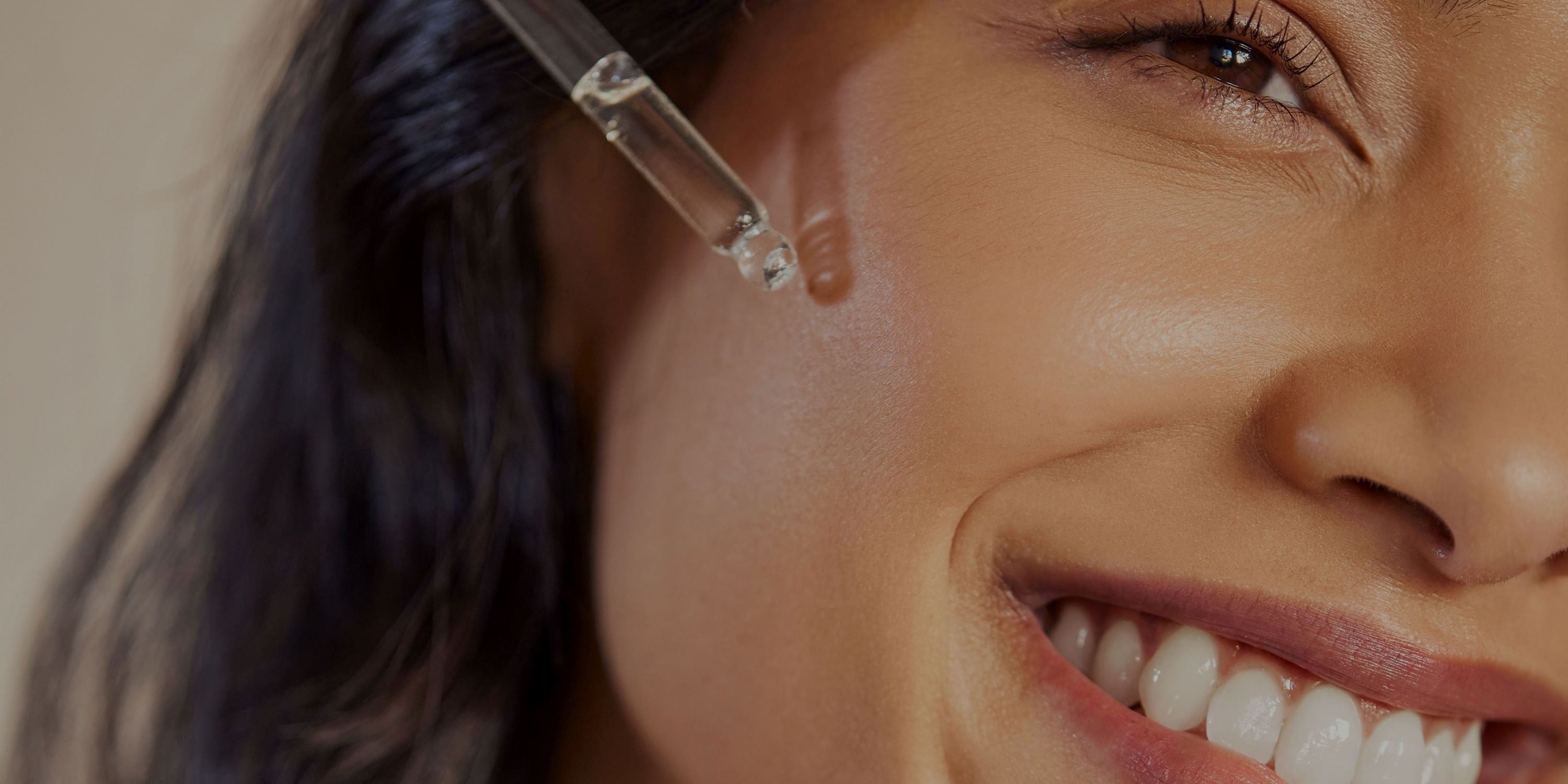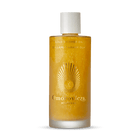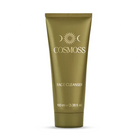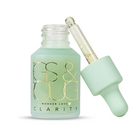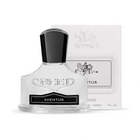Do beauty products expire?
When it comes to cosmetics, do you know when it's time to chuck or if you can (or should!) hold onto your products for a little longer?
How long can you actually keep your favourite blusher for? And is it really ok to keep that slightly darker foundation shade in your drawer year after year, only to use it briefly during summer to match your tan?
How do I check for expiry dates on my products?
It may surprise you that cosmetic products placed on the UK and EU market do not have official expiry dates. Instead, there are indicative guidelines to help you understand how long your beauty products are good to use for.
If you take a look at your product, you’ll typically find a ‘Period After Opening’ symbol on the back of its packaging. It’s a symbol of an open jar with a number which tells you how many months your product will last after opening. So ‘12M’ means your product will last 12 months after you’ve opened it.

As a general guide, cosmetics have the following expiration dates from opening:
- foundation and concealer: 12 – 18 months
- mascara and eyeliner: 6 months
- lipstick and lip gloss: 12 – 24 months
- creams and serums: 12 – 18 months
- shampoos, conditioners and hair care products: 12 – 18 months
- powder products: 18 months – 2 years
Some products may contain best before dates printed on the packaging, such as SPFs. It’s a requirement for products which have an unopened shelf life of 30 months or less and you’ll find this date along with the letters ‘BBE’ or an egg-timer symbol. It’s important to check these dates, because after that period is over your product’s efficacy will be impacted. Imagine slathering on your SPF 50 sunblock which you’ve had for years and heading out to the beach – without any actual protection?

Why do cosmetics have ‘Period After Opening’ dates rather than expiry dates?
Cosmetic products are produced under very strict conditions. This means that when you buy them, they haven’t been exposed to microorganisms yet. But the second you open your product, you introduce these microorganisms and the Period After Opening clock starts ticking.
“The scientists that make your product calculate how susceptible its ingredients are to contamination and how effective the preservation systems are; and use that information to work out how long the products will last when opened. Of course, it’s probable that your product may still be safe or continue to work after that period. But why take the risk?”, explains Nico Shaw Núñez, Head of International Growth and Regulatory Services at the Cosmetic, Toiletry & Perfumery Association.[1]
If you can’t find a Period After Opening symbol or best before date on your product, don’t worry – sometimes these aren’t needed at all because of the types of ingredients or packaging used. For example, aerosols don’t have a formal lifespan – so you can enjoy your hairspray for much longer!
Can I use my beauty products after they expire?
Unlike food, using expired cosmetics is unlikely to make you ill. You probably won’t notice any difference if it’s slightly past its expiration date. But it could cause skin irritation or infections – or the formulations could simply be ineffective!
Opened cosmetics which are being used regularly can change in consistency or grow bacteria over time. Most cosmetics on the market have preservatives which are incredibly effective at staving off bacterial growth. But these preservatives naturally break down over time. And the more ‘natural’ a cosmetic product is, the more prone it is to growing bacteria as it’ll be formulated without a strong preservative.
What about that skincare product packed with high-performing ingredients and backed by science? After expiry the ingredients could become ineffective. So that time spent on your evening skincare regime could be a waste.
Powder products like blushers and setting powders don’t contain water, so it’s much harder for bacteria to grow. You’re likely to get more time with these products, but you may find they crumble or the product compacts and becomes hard to use over time.
It’s important to take precaution with products used around the eye area are like mascara, eye liner and concealers. That’s because bacteria naturally live around our eye area. As gross as it sounds, it’s perfectly normal – but, naturally, you end up transferring that bacteria to the product when you use it. And if you get an eye infection like conjunctivitis, you should throw out all products recently used around the eye area (yes, that beloved eye shadow, too) and wash your make-up brushes. This is because the products and tools could be contaminated, which increases the risk of repeat infections.
And it’s especially key to pay attention to best before dates and PAO symbols for suncreams and SPFs. After expiry, their protection is significantly reduced – so you risk exposing yourself to other health risks like sunburn and sun damage.
How should I store my beauty products?
60% of UK skincare users keep their products in the bathroom. This may sound practical, but the temperature fluctuations and humidity in your bathroom could have a negative impact on the stability of your products – and their efficacy as a result.[2]
According to Dr Cynthia, MD – a board-certified dermatologist: “skincare products are designed to withstand the range of normal room temperature. Temperature extremes, including the freezer, the heat of direct sun or storage in a hot car will all impact product shelf life and stability. Skincare labelled as ‘preservative free’ will be particularly sensitive to degradation and microbial contamination under excessively hot conditions”.[3] So if you’re packing products in your beach bag on a hot day or storing cosmetics in direct sunlight on your windowsill, you’re unknowingly reducing their shelf-life.
Can I make my beauty products last longer?
To maximise your product’s life, only open them once you’re ready to use them, keep their lids tightly sealed and store them in a cool, dry place.
Pay attention to the packaging of your products, too. Open jars and formulations applied with droppers, like face creams or serums, will get exposed to air and generally last no more than a year after opening. However packaging with pumps are designed to be air-tight, so your product will last longer.
And remember your tools and hands! Make sure you clean your brushes regularly to limit the amount of oil that ends up in your powder products and wash your hands before applying cosmetics to limit the amount of bacteria you transfer to your products.
So, when is the right time to ditch a product?
Cosmetics don’t last forever – and the higher the naturality of the product, the more likely it is to grow germs after opening. Almost all products have a Period After Opening shelf-life, so a good way to keep track of expiry is to mark your product’s packaging with the date you opened it on and remember to discard them once you hit the PAO expiry date.
Another good sign it’s time to say goodbye to your product is when you notice it isn’t performing its best. For instance, pure oils such as rosemary oil tend to go rancid quicker than other formulations. So while they are still safe to use (in the sense you won’t get ill or suffer harm), the experience of using the product won’t be all that pleasant! And if you start to notice your mascara drying out, your foundation leaving streaks or your compact powder is hard to use and not transferring to your brush, it’s time to toss.
Ultimately, once you’ve got your product, you need to use your best judgment based on how you’ve stored it, what preservatives are in it and whether it contains any active ingredients which are less stable (such as SPFs or vitamin C).

 Black Friday Special | FREE £10 Gift Card | When you Spend over £60
Black Friday Special | FREE £10 Gift Card | When you Spend over £60
